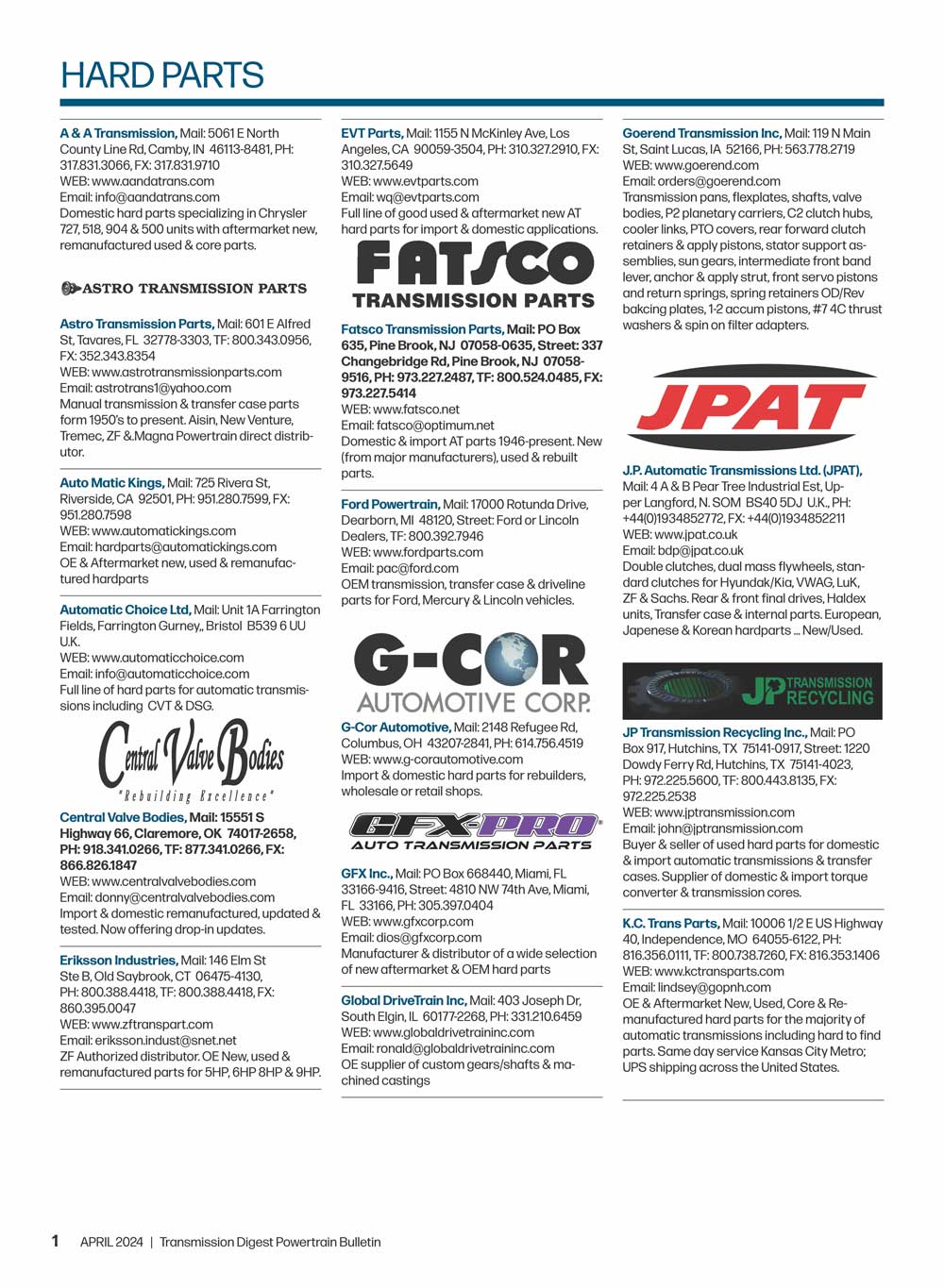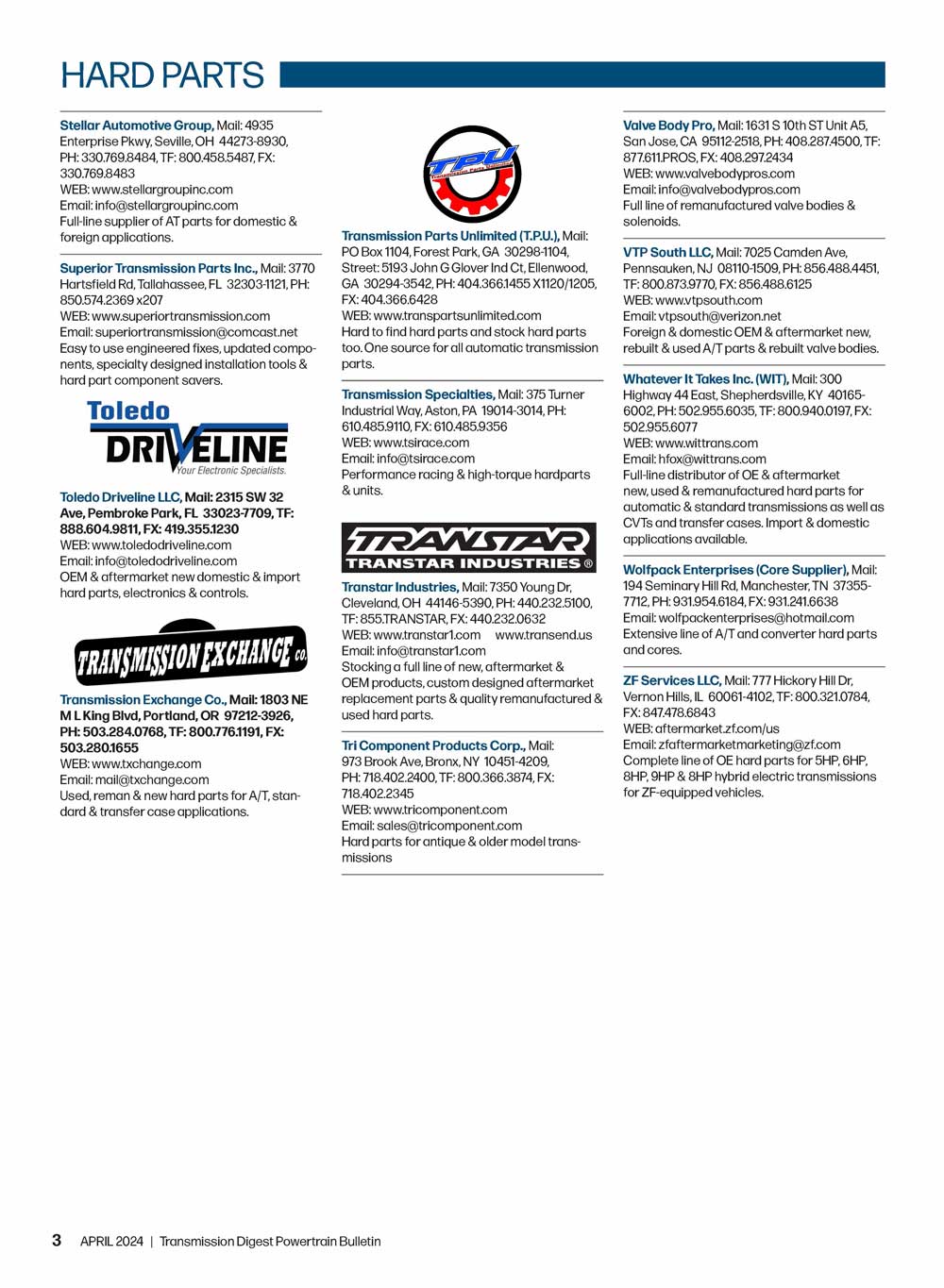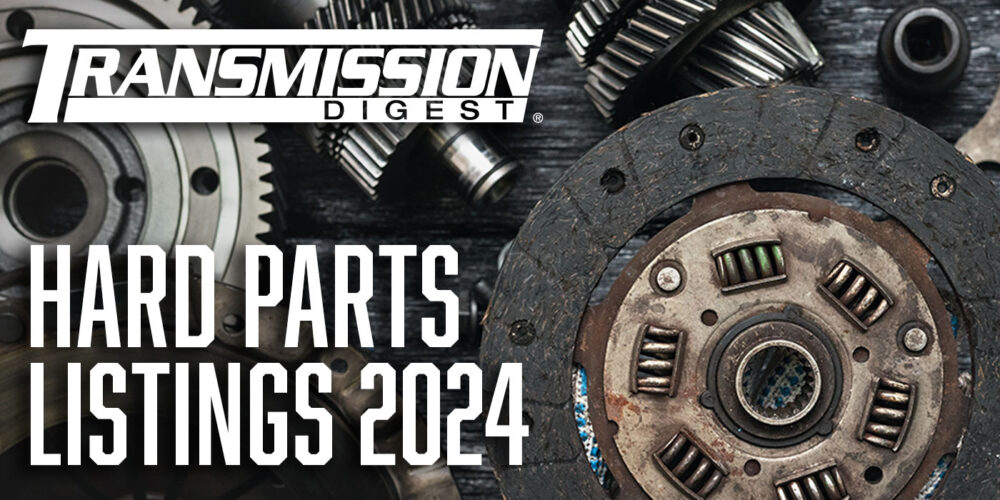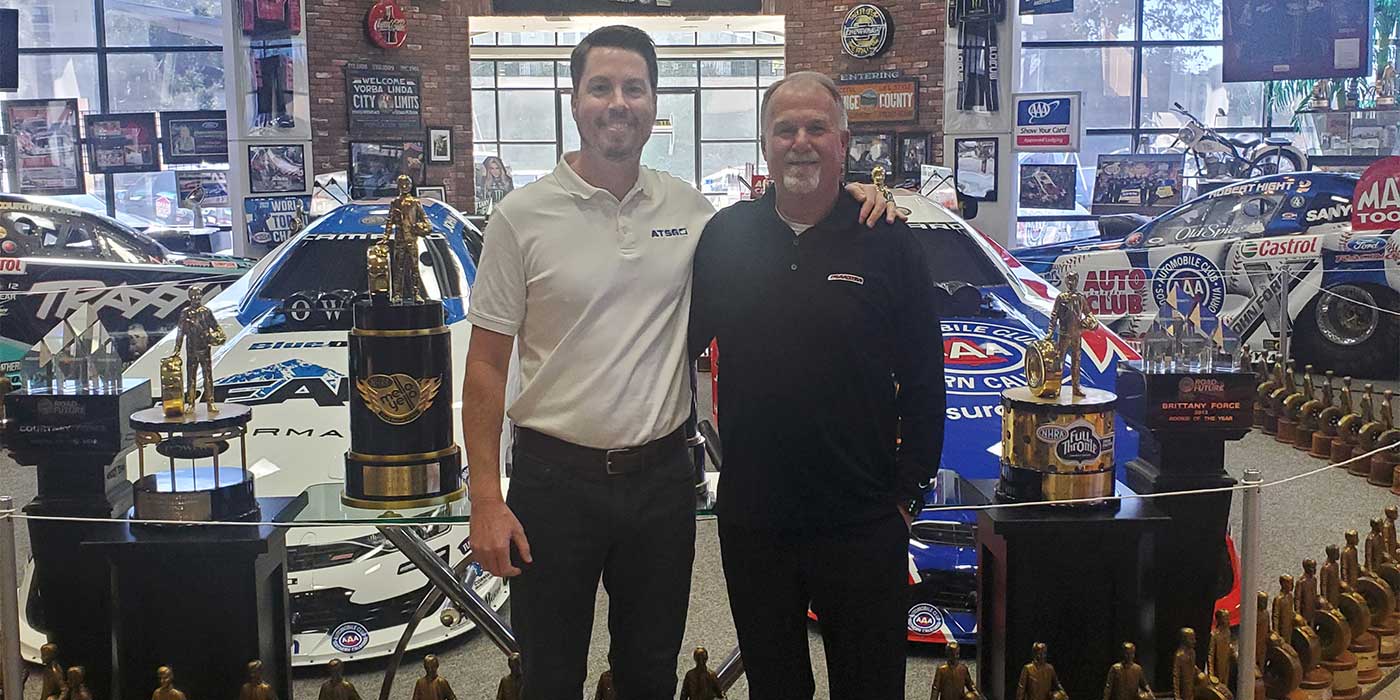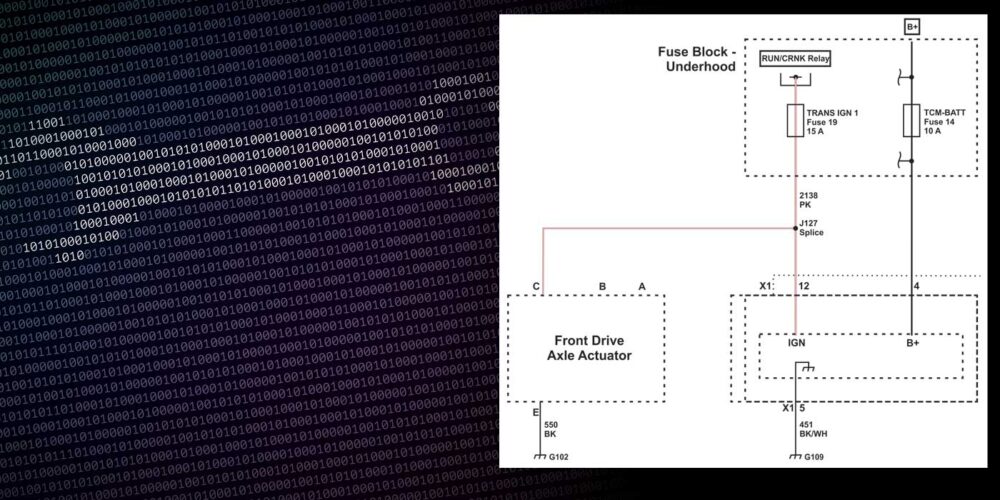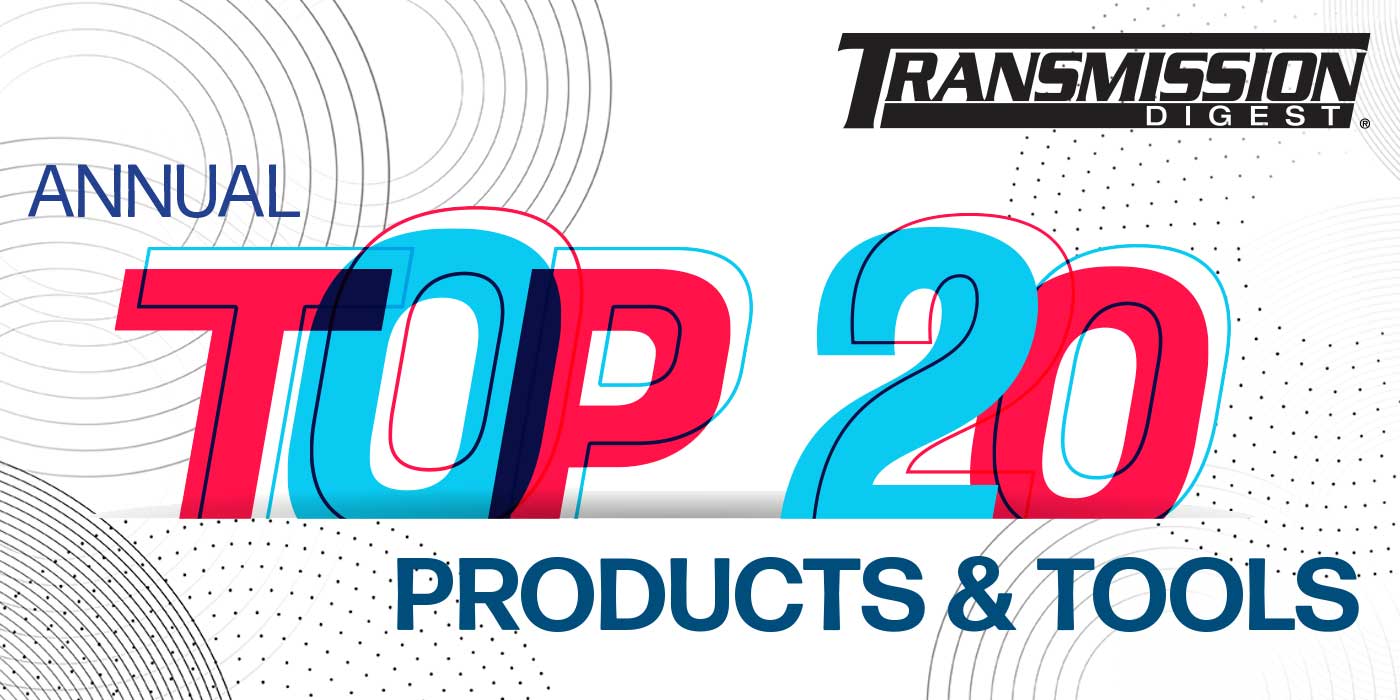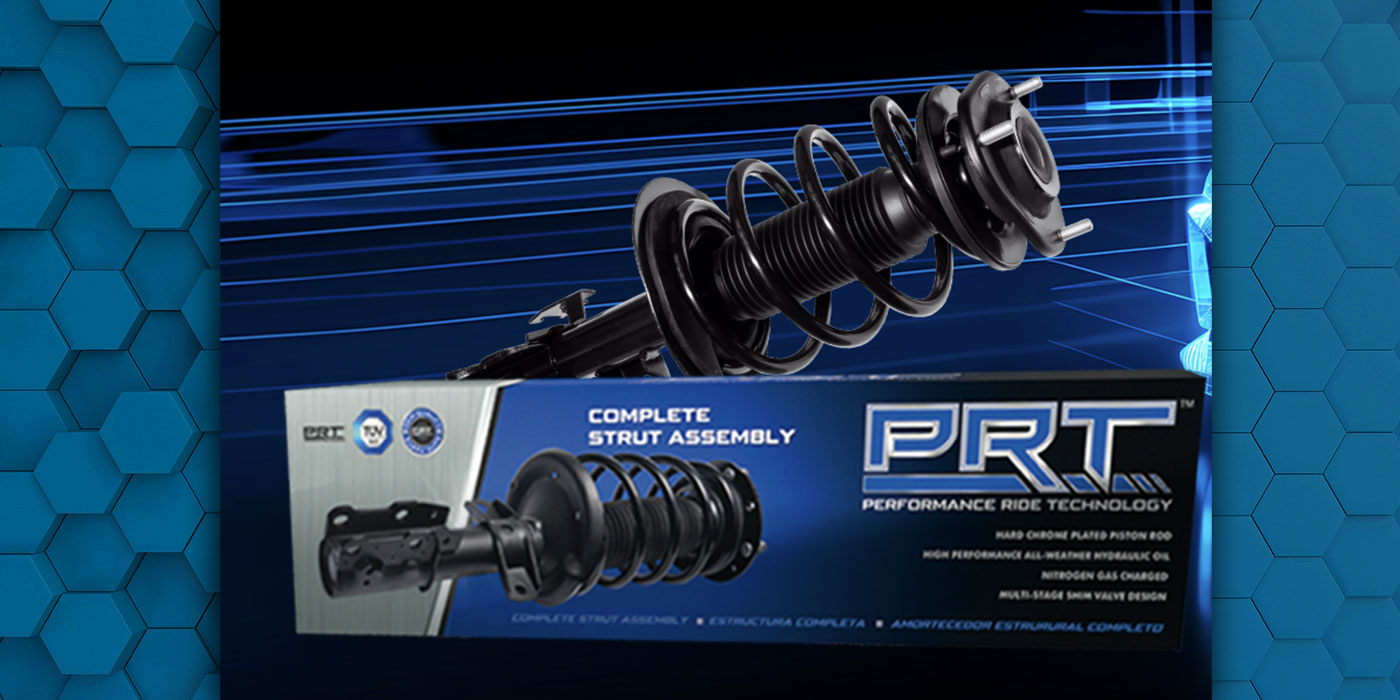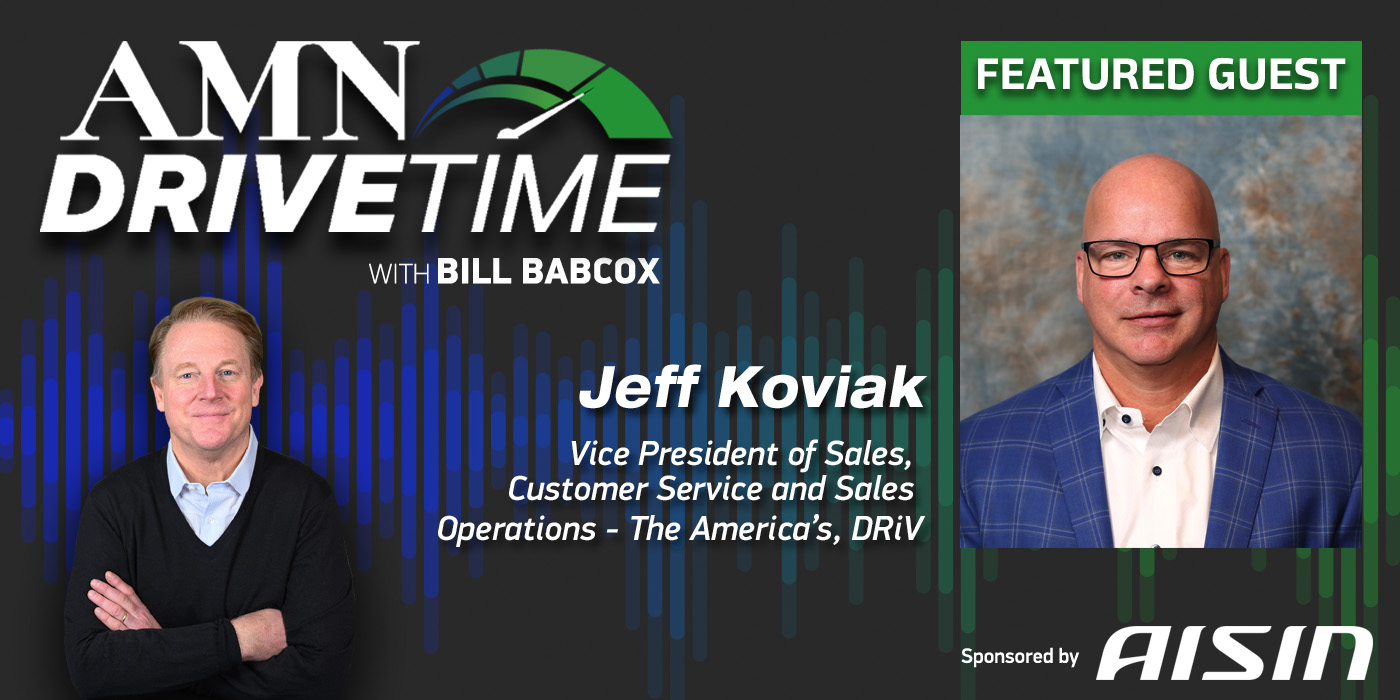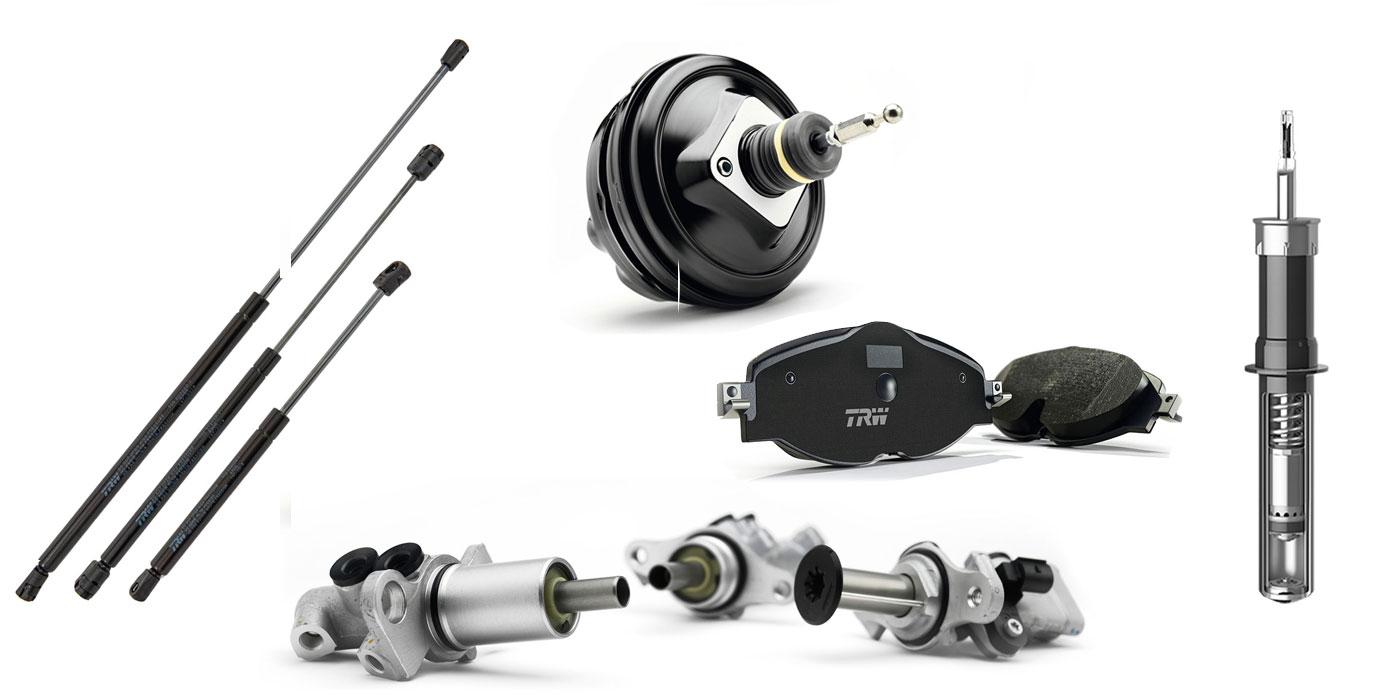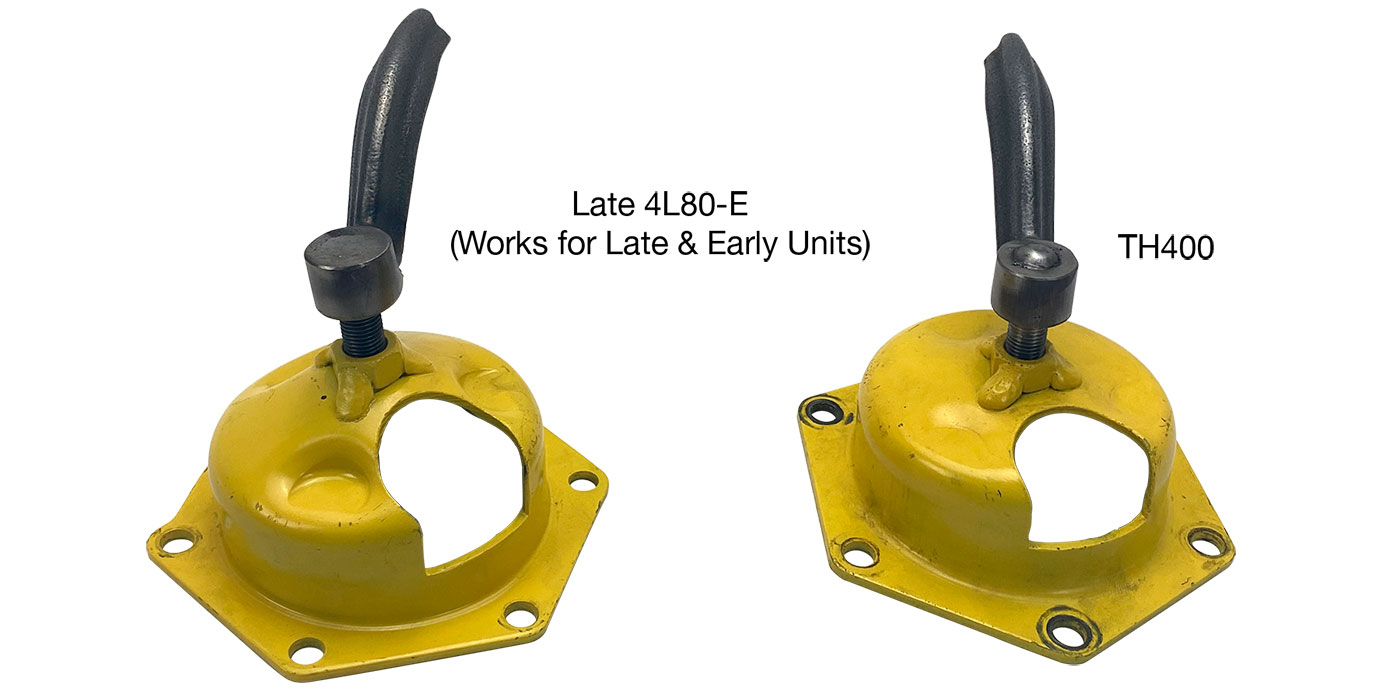One of the earliest signs that an industry was forming was a transition to specialty transmission hard parts suppliers emerging from general salvage yards to create the efficient flow of those parts to every shop in the nation.
As the automatic transmission became the dominant powertrain option from automakers, some salvage yards specialized in supplying those parts to transmission shops. The term “good used” became a standard for hard parts that had been visually inspected and often verified through measurements to be ready for the rebuilder. Certain parts—the pump, the valve body and others—might require resurfacing and were considered rebuilt or remanufactured hard parts.
While the hard parts supplier originally filled orders directly, the industry’s specialty distributors began keeping local inventories of often needed parts on their shelves; parts that could be delivered same-day or next-day to nearly any shop. In some cases, these distributors started their own operations to reclaim the most demanded hard parts from salvaged units while still relying on the specialist suppliers to fill out their inventories.
Hard parts that failed often, or those that were too new to be found in salvaged units, begat the demand for aftermarket new as a way of procuring parts without paying the higher prices charged for an OE new part. Certain companies began to specialize in researching, designing and procuring new parts that are equal to, or in some cases improved upon, the original part.
Again, specialty parts distributors in our industry stepped up to stock the aftermarket new parts in order to efficiently serve their customers.
It is uncommon, if not rare, that the rebuilding transmission shop can’t locate every hard part needed to repair a transmission on its benches. Nearly every builder and shop has developed more than one source to contact when hard parts are needed. The listings below highlight many of these leading suppliers of hard parts.
